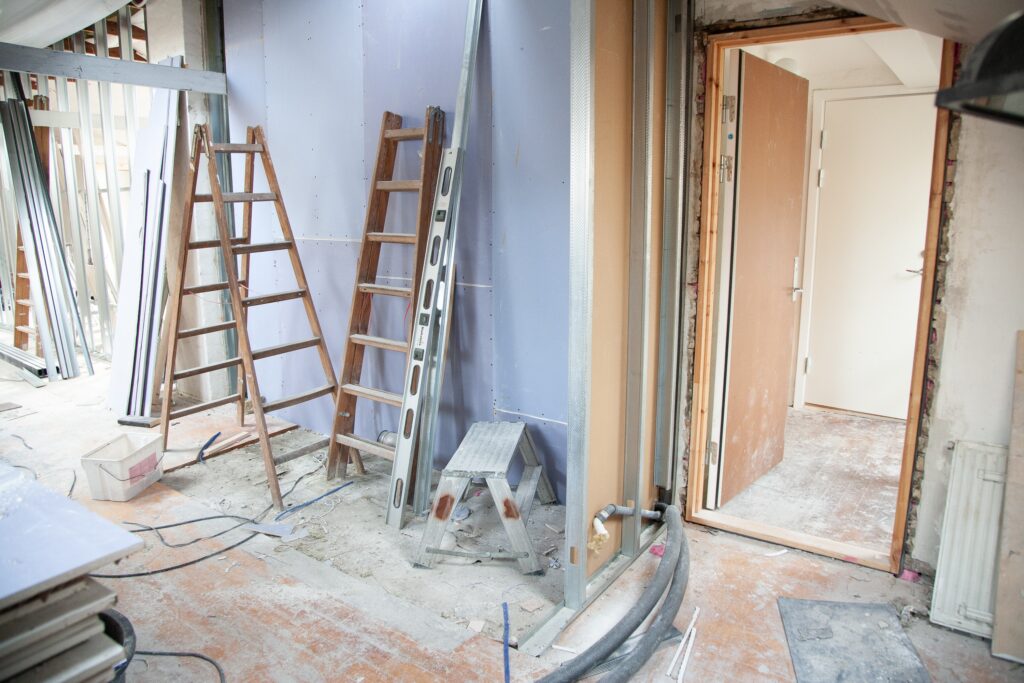A Pre-listing Inspection gives insight to the homeowner as to where to put money to use for repairs or upgrades. Renovating a home is certainly not essential, but should you choose to embark upon one, it would be prudent to place constraints to the renovation to limit the time and scope of the endevour.
The amount you should spend on a house renovation before putting it up for sale depends on several factors, including the current condition of the property, the local real estate market, your budget, and your goals. Here are some guidelines to consider:
- Property Assessment: Start by getting a professional assessment of your property from a real estate agent or an appraiser. They can provide insights into what renovations are likely to add value to your home and what improvements are necessary.
- Local Market: Research the local real estate market to understand the trends and demands. If homes in your area are selling quickly and at higher prices due to renovated features, it might be worth investing more in renovations. Conversely, if the market is slow, you might want to focus on cost-effective improvements.
- Return on Investment (ROI): Consider the potential return on investment for each renovation project. Some renovations, such as kitchen upgrades and bathroom remodels, often offer better returns than others. Aim for projects that are likely to recoup their cost or even yield a profit when you sell.
- Budget: Set a realistic budget for your renovation based on your financial situation. It’s essential to avoid over-improving your property, where you spend more on renovations than you can reasonably expect to recoup from the sale.
- Focus on Curb Appeal: First impressions matter, so invest in enhancing your home’s curb appeal. Exterior improvements like landscaping, painting, and repairing the roof or siding can attract potential buyers.
- Kitchen and Bathrooms: Upgrading these areas tends to have a positive impact on a home’s value. However, you don’t necessarily need to go for high-end finishes. Focus on making the spaces clean, functional, and appealing.
- Cosmetic Improvements: Simple and cost-effective improvements, such as fresh paint, new lighting fixtures, and updated hardware, can give your home a more modern and attractive look.
- Address Structural and Safety Issues: Prioritize addressing any structural issues, safety concerns, or necessary repairs. Buyers are often deterred by properties that require significant repair work.
- Energy Efficiency: Installing energy-efficient features like windows, insulation, or a more efficient HVAC system can be appealing to potential buyers and could potentially increase your home’s value.
- Know Your Limits: Be mindful of the scope of the renovation and avoid making overly personalized choices. Your goal is to appeal to a broad range of potential buyers.
In general, a common rule of thumb is to spend around 10-20% of the home’s current value on renovations if you’re planning to sell. However, this is just a rough guideline, and the specific amount you should spend will vary based on the factors mentioned above. Before proceeding with any renovations, it’s wise to consult with real estate professionals, such as agents and appraisers, who have a deep understanding of your local market and can provide tailored advice based on your situation.

